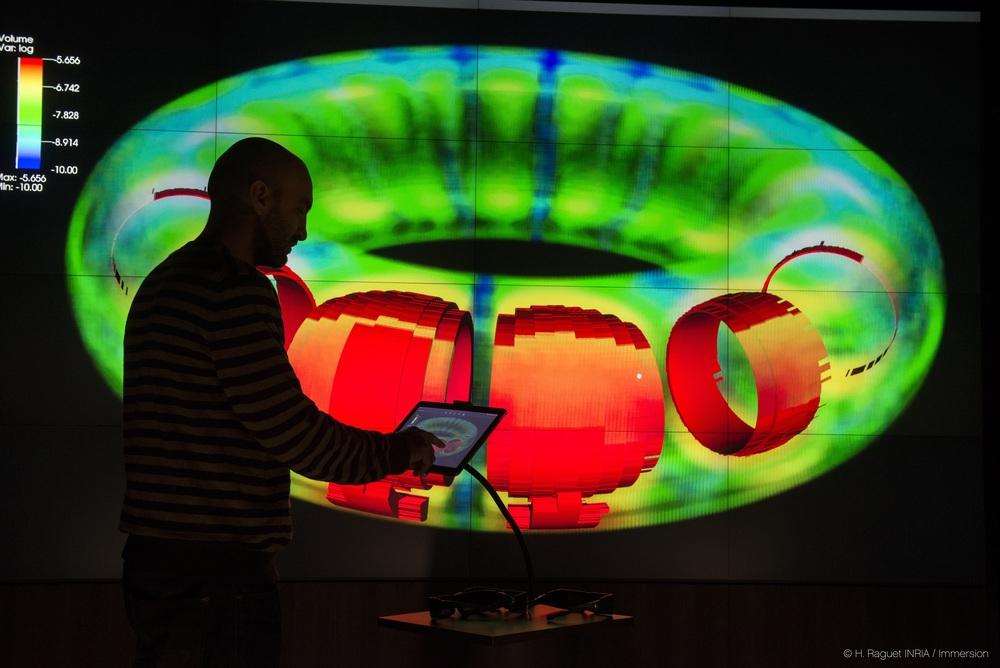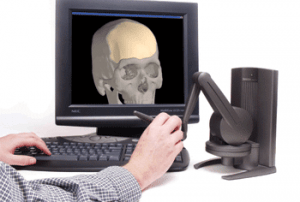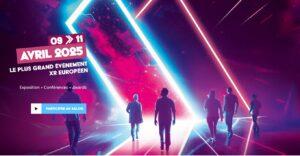The Digiscope project, led by Digiteo, is a platform network for interactive visualization. This powerful system with a rich potential of configuration is the only one of its kind in the world. For several years, Immersion has worked closely with this network by creating seven rooms on ten (immersive rooms, great 3D walls or large touch screens) installed in the University of Paris-Saclay.

ROOM’S PRESENTATION
- PIXLS is a great wall of multi-touch screens with ultra-thin edges. It is also provided with a motion tracking system.
- IRIS is a wall of multi-touch screens midsize ultrafine edges.
- SHIVA (Shared Interactive Visualization Area) is a great 3D image wall with a motion tracking system.
- MANDELBROT is a very large stereoscopic screen coupled with a powerful graphics rendering cluster.
- MIRE (Immersive Wall for Research and Education) is a large wall for stereoscopic visualization with a motion tracking system, characterized by a curved configuration favoring immersion.
- WILDER is composed of a mosaic of 75 screens ultrafine edges and a multi-touch framework bearing the entire interactive surface. It’s complemented by a motion tracking system and an interactive whiteboard.
- CEA LIST Cave (Cave Automatic Virtual Environment) is a set of 5 flat screens (3 screens in acrylic, 2 glass panels) for synchronized 3D images visualization on all faces of the part. This system is also composed of 6 laser phosphor projectors for rear projection of 3D images on screens.
FOR WHAT PURPOSE
These rooms facilitate remote collaboration (support for scientific discovery, design, engineering, product lifecycle management (PLM) solutions, decision-making process, including in critical situations, education, training, and apprenticeship). The Digiscope platforms have different features to cater to the needs of the scientific research, industrial design, decision-making process and training.
FUNDING
Digiscope is an “Equipment of Excellence” financed by the National Research Agency (ANR) as part of “Programme d’Investissements d’Avenir” of the government and by the ten project partners.
PARTNERS
The project is coordinated by the Foundation for Scientific Cooperation Campus Paris-Saclay and new partners: two universities (Paris-Sud and Versailles Saint-Quentin), three schools (Telecom ParisTech, ENS Cachan and Central Supelec), three research organizations (CNRS, CEA, and INRIA) and the Maison de la Simulation laboratory.




